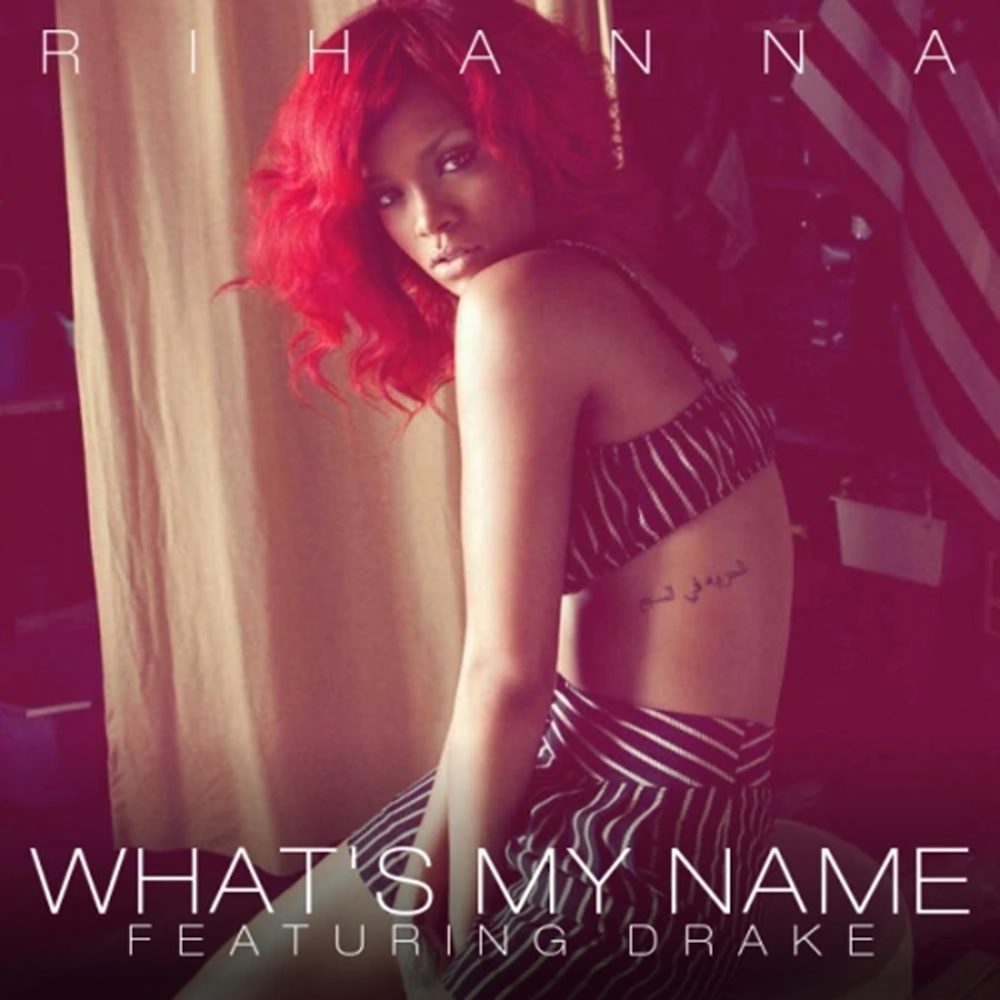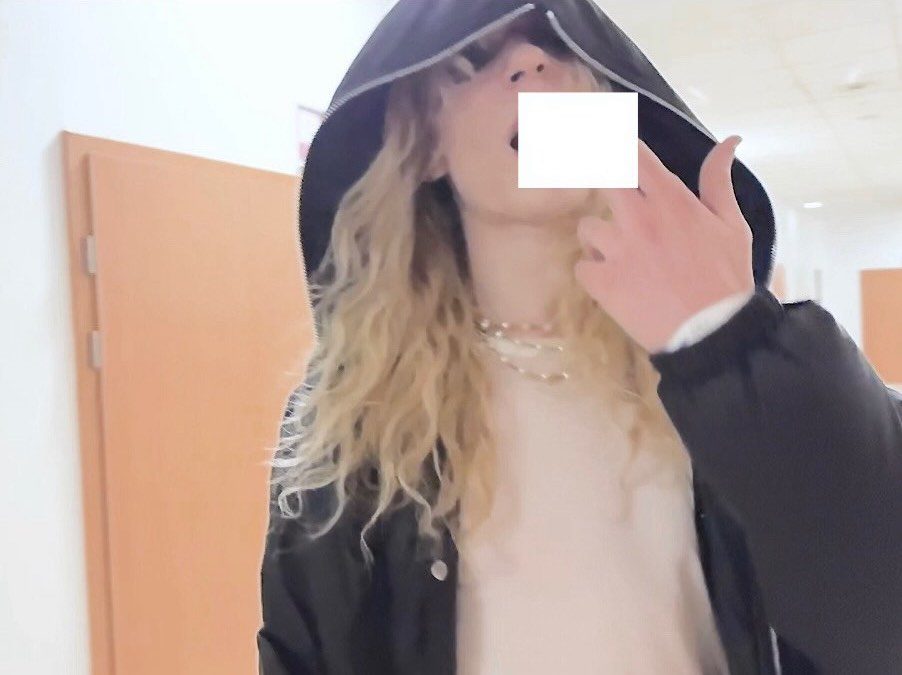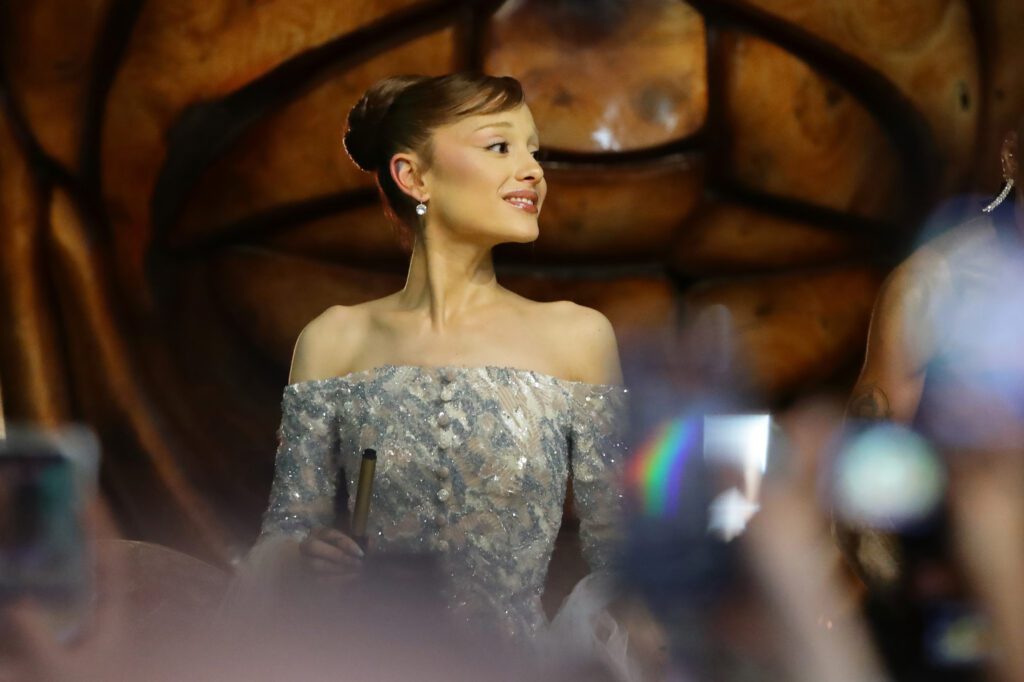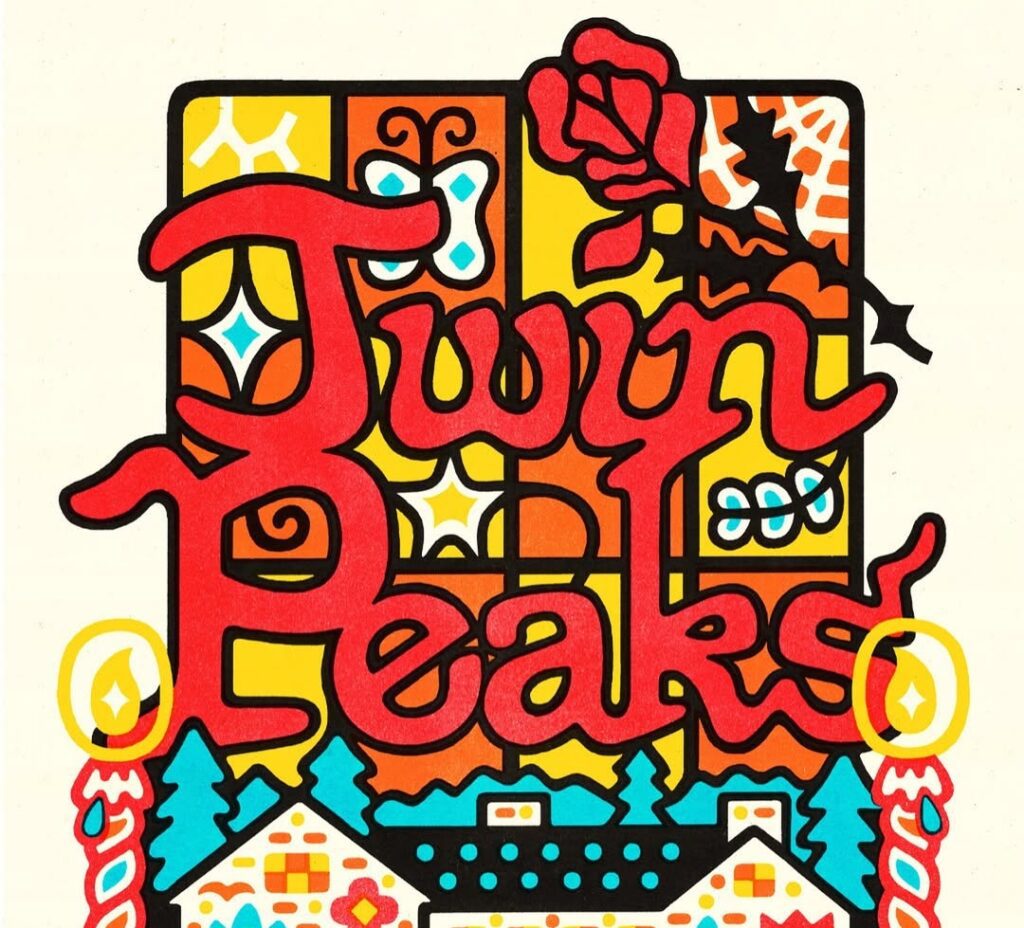
In The Number Ones, I’m reviewing every single #1 single in the history of the Billboard Hot 100, starting with the chart’s beginning, in 1958, and working my way up into the present. Book Bonus Beat: The Number Ones: Twenty Chart-Topping Hits That Reveal the History of Pop Music.
Rihanna got the message. In 2009, the pop star, recovering from the humiliating and traumatic public ordeal of being badly beaten by ex-boyfriend Chris Brown, released Rated R, an album of full of darkness, anger, depression, and self-recrimination. It’s not easy to turn those feelings into pop music, and while Rihanna succeeded, that wasn’t really what the public wanted to hear. Instead, the big hit from Rated R turned out to be the album’s one big exception: “Rude Boy,” a flirty and mechanistic pop-reggae lilt with no hint of violence in its soul. This was the Rihanna that the world wanted to hear. It might’ve also been the Rihanna that Rihanna wanted to hear.
Rihanna’s experience with abuse certainly changed her public image, and she drew on our shared memory of those terrible leaked photos when she wanted. She did some of that on “Love The Way You Lie,” the blockbuster Eminem duet that topped the Hot 100 soon after “Rude Boy.” But it was “Rude Boy,” much more than “Love The Way You Lie,” that set the table for the next stage of Rihanna’s career. A year after Rated R, Rihanna came back with a head full of fire-engine red hair and with Loud, an album full of brash and boisterous pop songs. A few years earlier, Rihanna had been pop’s hardest-working star, cranking out an album full of massive, anthemic hits once a year. With Loud, she reclaimed her mantle.
“What’s My Name?,” the quasi-Caribbean club jam that became Rihanna’s eighth #1 hit, was not the first single from Loud. Rihanna had already released one big song that gave the world her version of the hammering dance-pop that had taken over the charts. Rihanna released that first single in September 2010, and it was still racing up the charts when Rihanna followed it up with “What’s My Name?” (The week that “What’s My Name?” topped the Hot 100, that other song was at #4, while “Love The Way You Lie” was still hanging around at #20. We’ll get to that other song very soon.)
But “What’s My Name?” had the edge, since it was an event. “What’s My Name?” marked the first-ever team-up between Rihanna and Drake. Rihanna was already one of the dominant figures in pop, and Drake was well on his way to that same status. A Drake/Rihanna team-up had to go straight to #1. Anything less would’ve been seen as a massive failure, and Rihanna is not in the business of failure.
Here’s where we get into the saga of Drake, a figure who will come to haunt us. When he first emerged on the scene, Drake came off as a slightly clownish figure, a Canadian show-business kid play-acting as a rapper. Drake’s delivery was clumsy, his references were silly, and his propensity to sing silky melodies made him seem fundamentally soft. At first, I resisted Drake hard. I was not ready to consider the possibility that this guy — this guy — deserved to be taken seriously within the rap world. Within a few years, though, it became obvious. I couldn’t say a fucking thing. Drake cranked out transformative hit after transformative hit, and I had to give it up. He still seems like a slightly clownish figure, but he’s been the head clown in charge for years and years. He might be the canniest rap star in history.
Aubrey Drake Graham, the son of a Black American drummer and a Jewish Canadian teacher, comes from Toronto. (When Drake was born, the #1 song in America was Janet Jackson’s “When I Think Of You.” In Canada, it was Doctor And The Medics’ cover of “Spirit In The Sky.” It feels like that says something about the US/Canadian cultural divide.) Drake’s parents met when his father was playing a nightclub show in Toronto. His uncle Larry Graham has been in this column a few times as the bassist of Sly & The Family Stone. Drake’s parents divorced when he was young, and his father returned to his Memphis hometown, where he was often in and out of jail. For most of Drake’s childhood, it was just him and his mother. As a kid, Drake excelled at youth-league hockey, and he also got into acting. When he was 10, he was in a skit that aired as part of the 1997 NHL Awards.
In 2001, the 14-year-old Drake joined the cast of Degrassi: The Next Generation, the Canadian high-school soap opera that’s had a remarkably long-lasting grasp on young millennial imaginations. On the show, Drake played Jimmy Brooks, a rich-kid basketball star who winds up in a wheelchair after being shot by a classmate. The memes of Drake in the wheelchair would follow him for years. Drake was much more interested in becoming a rapper than in acting, but he was on Degrassi for a long time — 145 episodes between 2001 and 2009.
Drake started working on music when he was still on Degrassi, and he released his first mixtape, 2006’s appropriately titled Room For Improvement, when he was 19. Back then, Drake seemed to fancy himself a backpack rapper. He rarely talked about being tough, and he often coasted on his teen-heartthrob status, whether or not he realized that he was doing it. You can hear talent and charisma on Room For Improvement, but it’s pretty rough and unformed.
With his second mixtape, 2007’s Comeback Season, Drake was a big-enough deal to get guest-verses from a handful of fairly prominent American rappers: Little Brother, Rich Boy, Elzhi, Clipse’s Malice. Drake’s childhood friend Noah “40” Shebib became his main producer, and the two started to figure out a sleek, architectural style that fit Drake’s voice. R&B star Trey Songz sang on a couple of tracks, and he showed up in the video for “Replacement Girl,” which got a tiny bit of BET play. (Trey Songz’ highest-charting single, the 2010 Nicki Minaj collab “Bottoms Up,” peaked at #6. It’s a 9.) Through the whole tape, Drake sounded fired-up and determined. He wasn’t a star yet, but he definitely wanted to become one. It wouldn’t take too long.
Jas Prince, the son of Rap-A-Lot Records founder and feared behind-the-scenes rap figure J Prince, found Drake on MySpace, and he played Drake’s music for former Number Ones artist Lil Wayne. Wayne didn’t like what he heard at first, but Prince was persistent. He kept playing Drake’s music and talking up Drake’s abilities. One day in Houston, Wayne decided that he was into what Drake was doing. Prince flew Drake to Houston, and Drake tagged along on a tour-bus trip to Atlanta. Their first time in the studio together, Drake and Wayne recorded “Stunt Hard.” The song leaked, and that’s when Drake’s buzz really started.
Drake joined Lil Wayne’s touring entourage, and Wayne didn’t even know about Drake’s acting background until an episode of Degrassi came on the tour-bus TV. While traveling together, Drake and Wayne recorded a bunch of songs. The one I remember the best is “Ransom,” mostly for the utterly berserk moment where Wayne recites the entire alphabet and says “it is ’bout quarter past piss and I’m about to get shitted.” Wayne outshined Drake on all of those songs, but that’s not a fair comparison; Wayne was outshining every rapper on earth back then.
When Drake first started popping up on rap blogs, I was not impressed. The second day that I worked full-time at Pitchfork, I gave Drake his first-ever mention on the site, and it was not very complimentary. The news story’s headline was this: “Lil Wayne Is Making a Rock Album, Says a Guy on Degrassi: The Next Generation.” (This was before my bosses told me to stop making fun of people when I was writing news posts.) Wayne was making a rock album, unfortunately. Rebirth would come out a year later, and Drake would get a whole lot more Pitchfork mentions.
In February 2009, Drake released So Far Gone, the mixtape that turned him into the undisputed king of rap’s fabled blog era. On that tape, Drake’s aesthetic was fully-formed. He switched between rapping and singing smoothly but not quite effortlessly. He favored awkward punchlines that sounded like Twitter hashtags. He was just as likely to rap over internet-friendly indie-pop tracks — Peter, Bjorn & John’s “Young Folks,” Lykke Li’s “Little Bit” — as he was to hijack big rap instrumentals. He mostly rapped about girls, and he often came off conflicted and passive-aggressive and emo. He had enough juice to get guest appearances from stars — Lil Wayne, Omarion, Bun B, Lloyd — but he made sure that he was always the center of attention. Most importantly, Drake had a hit on his hands.
On “Best I Ever Had,” Drake rapped over producer Boi-1da’s sample of Hamilton, Joe Frank & Reynolds’ “Fallin’ In Love,” toggling between chest-puff flexes and pleas of devotion. The song became an out-of-nowhere radio smash, to the point where Cash Money released a bunch of So Far Gone tracks as an EP, even though the whole mixtape was already available for free download all over the internet. That EP went gold, and “Best I Ever Had” reached #2 on the Hot 100. (It’s a 6.) So Far Gone had been out for months when I reviewed the tape for Pitchfork, and I liked it more than I wanted to admit.
Kanye West, Drake’s most obvious influence and future frienemy, directed a “Best I Ever Had” video that was so dumb that fans theorized online that Kanye was trying to sabotage Drake’s career before it really got started. A free Drake concert at Manhattan’s South Street Seaport turned into a riot. Within a few months, Drake released the Kanye/Wayne/Eminem posse cut “Forever.” The song peaked at #8, and it soundtracked a Sprite commercial that turned Drake into a nightmarish CGI robot. (It’s another 6.) The excitement surrounding this Drake kid seemed to come out of nowhere, and it was overwhelming.
2009 was Drake’s big rookie year, and he started guesting on tracks from established stars: Mary J. Blige, Jay-Z, Timbaland. Around that time, Drake also recorded a track for Rihanna’s Rated R album, but it didn’t make the cut. Soon afterward, though, Drake’s presence became undeniable. At the end of the year, Wayne’s Young Money crew released We Are Young Money, an album full of posse cuts, and Drake was a big part of it. That album had a few hits, and “BedRock,” the biggest of them, went all the way to #2. (It’s a 7.)
Lil Wayne was in prison when he released his 2010 album I Am Not A Human Being, and he still made it to #6 with the Drake collab “Right Above It,” the song that later became the theme of the Rock’s HBO show Ballers. (It’s yet another 6.) That same year, Drake also released his proper debut album, the preposterously titled Thank Me Later. It went double platinum. Most of the tracks had at least one big-name guest star, but the LP’s biggest hit, the silky and dancehall-inflected “Find Your Love,” was one of the tracks that Drake did on his own. (“Find Your Love” peaked at #5. It’s a 7.)
Rihanna’s album Loud, like the Rihanna records that preceded it, came out of an intensive songwriting camp that involved a whole lot of big-deal producers and songwriters, all competing to see who could come up with the most commercially viable Rihanna tracks. The team behind “What’s My Name?” was basically the same crew that put “Rude Boy” together a year earlier. Rihanna had a long history with the Norwegian production duo Stargate; they’d been working with her since her second album. Topline writer Ester Dean came aboard later, but she understood exactly how to write for Rihanna, and she helped write a whole lot of Rihanna’s hits. “What’s My Name?” also had another credited songwriter: Traci Hale, an Atlanta native who’d started out as a backup singer for stars like Aaliyah before helping to write hits like Mýa’s “Case Of The Ex.” (“Case Of The Ex” peaked at #2 in 2000. It’s a 9.)
Ester Dean recorded the demo version of “What’s My Name?” with Stargate. As with “Rude Boy,” the Ester Dean demo is basically fully-formed, but the track loses something when Rihanna’s not the one singing it. Ester Dean can sing, and she’s got presence, but she doesn’t quite have that ineffable Rihanna sense of cool. That’s fine. Rihanna’s much more of a song interpreter than a songwriter. “What’s My Name?,” like “Rude Boy” before it, is a sleek and melodic club-pop track that nods in the direction of dancehall without quite committing. Its bright, distorted synth chords suggest steel drums, while the drums skitter and punch. The lyrics aren’t terribly clever, but they’re memorable. The hook — “ohh na na, what’s my name?” — is an absurdly effective earworm, and the whole thing moves with muscular efficiency.
When Rihanna heard “What’s My Name?,” she knew that she wanted to record it, and she also knew that she wanted Drake on the song. Rihanna and Drake actually met when Rihanna was filming the clip for her debut single “Pon De Replay” in 2005; Drake was an extra. (“Pon De Replay” peaked at #2. It’s a 9.) The two of them had a fling sometime before she recorded the track, and they became an on-again/off-again thing for years afterward.
The Rihanna/Drake dynamic was almost painfully easy to parse; you could just tell that he was absolutely hung up on her and that she didn’t take him all that seriously. Drake himself confirmed it. In 2010, he told The New York Times, “I was a pawn. You know what she was doing to me? She was doing exactly what I’ve done to so many women throughout my life, which is show them quality time, then disappear. I was like, wow, this feels terrible.” But “What’s My Name?” comes from the fun early days of that whole saga, and that lightness comes across on the song.
Rihanna was backstage at some function or other when she approached Drake and told him that she wanted him on the track. Later on, Rihanna told MTV, “He’s the only person I thought could really understand the melody of the song, and the minute he heard it he said, ‘I know exactly what I’m going to do. I love it.’ And he did it like three days later.’” At first, Drake’s verse was just supposed to be on a “What’s My Name?” remix, but Rihanna liked it so much that Drake got a feature on the main version of the song.
In the classic-among-classics 2016 mockumentary Popstar: Never Stop Never Stopping, Andy Samberg’s character Connor4Real’s solo career takes off because of his famous “catchphrase verse” — a whole rap verse that consists of nothing but zany non-sequitur catchphrases. Drake’s “What’s My Name?” verse is a little bit like that, too, except that Drake’s verse is all cheesy pickup lines: “I heard you good with them soft lips/ Yeah, you know, word of mouth/ The square root of 69 is eight somethin’, right?/ ‘Cause I’ve been tryna work it out, awwww.” The whole verse has a very particular vibe. Drake comes off as a needy class-clown kid who’s trying to seem much smoother and more confident than he really is.
I hated Drake’s “What’s My Name?” verse when it was new, but then I realized that I had the entire thing committed to memory. This was Drake’s superpower. Much like Kanye West before him, Drake could say the goofiest shit in the world, and it might make you want to slap your forehead, but it would stick with you. The sharpness of Drake’s verse doesn’t really show up on paper. It’s the way he dances with the beat, stretching out his Auto-Tuned syllables and going in and out of a singsong delivery. That verse gives the track a playfulness that it wouldn’t have had otherwise, and it makes it sound like something other than another imperious declaration from Rihanna.
Of course, there’s nothing wrong with Rihanna making another imperious declaration. On “What’s My Name?,” she basically turns Drake into her toy — or, if you prefer, as a pawn. She flatters him and builds him up, but she’s the one in charge, the one making him say her name. It’s a sex song, obviously. Rihanna really wants to see if you can go downtown with a girl like her. Not everybody knows how to work her body, knows how to make her want it, but boy, you stay up on it. On the bridge, Rihanna’s hard, icy delivery suddenly opens up, and she sounds almost vulnerable: “You’re so amazing! You took the time to figure me out!” It’s not entirely clear if she means that emotionally or just sexually, and it doesn’t much matter. Rihanna’s probably not in love, but she’s having a good time, and that’s enough for her.
The whole point of “What’s My Name?” is two hot people being hot together, enjoying their chemistry. Drake mostly disappears from the track after his opening verse, but the mere presence of a male voice on the song gives it a sunny back-and-forth friskiness that helped turn Rihanna’s past with Chris Brown into an even more distant memory. (When Drake and Chris Brown’s entourages got into a bottle-throwing brawl at a Manhattan nightclub in 2012, the two stars were reportedly fighting over Rihanna.) The “What’s My Name?” video, shot in Lower Manhattan golden-hour light, plays out as a Rihanna/Drake romance that starts out in a bodega, and it reinforced the sense that Rihana was out, enjoying life. The hands-up hip-twist that she does during the first “go downtown with a girl like me” has been stuck in my head ever since.
“What’s My Name?” is not one of the great, iconic Rihanna tracks, but it works as breezy low-stakes fun, which is exactly the point. It also catches Rihanna near the peak of her long imperial era and Drake at the very beginning of his, and it’s cool to hear these two radiating this kind of energy on a track together. Drake and Rihanna performed “What’s My Name?” together at the 2011 Grammys, and they would remain publicly intertwined for many years, as much for their infrequent duets as their tabloid entanglements. In 2012, they got back together for “Take Care,” the title track from Drake’s epochal sophomore album, their voices intertwining over the beat from Jamie xx’s remix of Gil Scott-Heron’s “I’ll Take Care Of You.” (“Take Care” peaked at #7. It’s a 10.)
Rihanna later appeared on Drake’s 2016 track “Too Good,” which didn’t get a video or a proper single release but which still peaked at #14. And Drake would appear on one more Rihanna single. That song will eventually appear in this column.
Rihanna will return to this column soon, but it’ll be a while before we see Drake again. In the years after “What’s My Name?,” Drake became easily the biggest rapper in the world, but he couldn’t quite take the #1 spot on the Hot 100, despite many attempts. Again and again, he came close, especially with his sung-not-rapped tracks. The 2013 synthpop jam “Hold On, We’re Going Home” made it to #4. (It’s a 9.) Three years later, Drake went all the way to #2 with his weird little bitterness samba “Hotline Bling,” and that song seemed so ready to take the top spot that Drake posted a pre-celebratory Instagram about it. But some weird data-collection bungles and a last-minute chess move from another Toronto superstar kept Drake in second place. (“Hotline Bling” is a 5.)
Eventually, Drake reached the stage where he could fart in a bag and it would still debut at #1. By that time, his music simply wasn’t that consistently interesting. But we’ll get there. We’ll see so much more Drake in this column.
GRADE: 8/10



